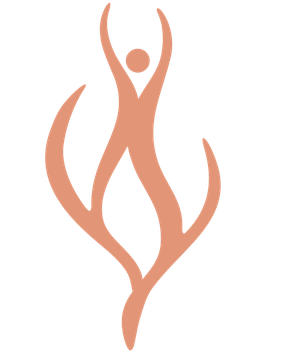Are you going through menopause and struggling with the symptoms? Hot flashes, mood swings, and weight gain are just a few of the challenges that women face during this transitional phase. However, there is a simple solution that can help alleviate these symptoms and improve your overall health: exercise.
We will explore the benefits of exercise during menopause and provide you with essential tips to help you get started. Whether you're a fitness enthusiast or a beginner, we've got you covered. From strength training to yoga, we'll show you how to incorporate different types of exercise into your routine to help you feel your best. So, let's get moving and start feeling better today!
Symptoms and Signs
Menopause can cause a variety of symptoms and signs, which can vary in severity and duration. Some common symptoms include hot flashes, night sweats, mood swings, vaginal dryness, and sleep disturbances. These symptoms are caused by hormonal changes in the body.
Frustrating if you don't know what is going on with your body. But we have you covered, by starting with a quick recap the basics.
If you are too much on the go or need your eyes on other things, but your ears are free, we also have a podcast.

Hormonal Changes
During menopause, the body's production of estrogen and progesterone decreases. These hormones are responsible for regulating the menstrual cycle and maintaining the health of the reproductive system. As a result, women may experience a range of physical and emotional changes during menopause.
Stages of Menopause
Menopause is typically divided into three stages: perimenopause, menopause, and postmenopause. Perimenopause is the period leading up to menopause when the body's hormone levels begin to fluctuate. Menopause is diagnosed when a woman has gone 12 months without a menstrual period. Postmenopause is the period following menopause when a woman's hormone levels have stabilized at a lower level.
Overall, understanding menopause is important for women as they age. By knowing what to expect, women can better manage their symptoms and maintain their overall health and well-being.
If you are new here we have covered the understanding a little more in this article. Or just select the link below.

Exercise Fundamentals
You are reading this to become knowledgeable on how hormones during perimenopause or menopause affects your weight and overall health.
When it comes to managing the symptoms of menopause, exercise is an essential tool in your toolkit. Not only can it help relieve hot flashes, mood swings, and other symptoms, but it can also help you maintain a healthy weight and reduce your risk of chronic diseases like heart disease, diabetes, and osteoporosis.
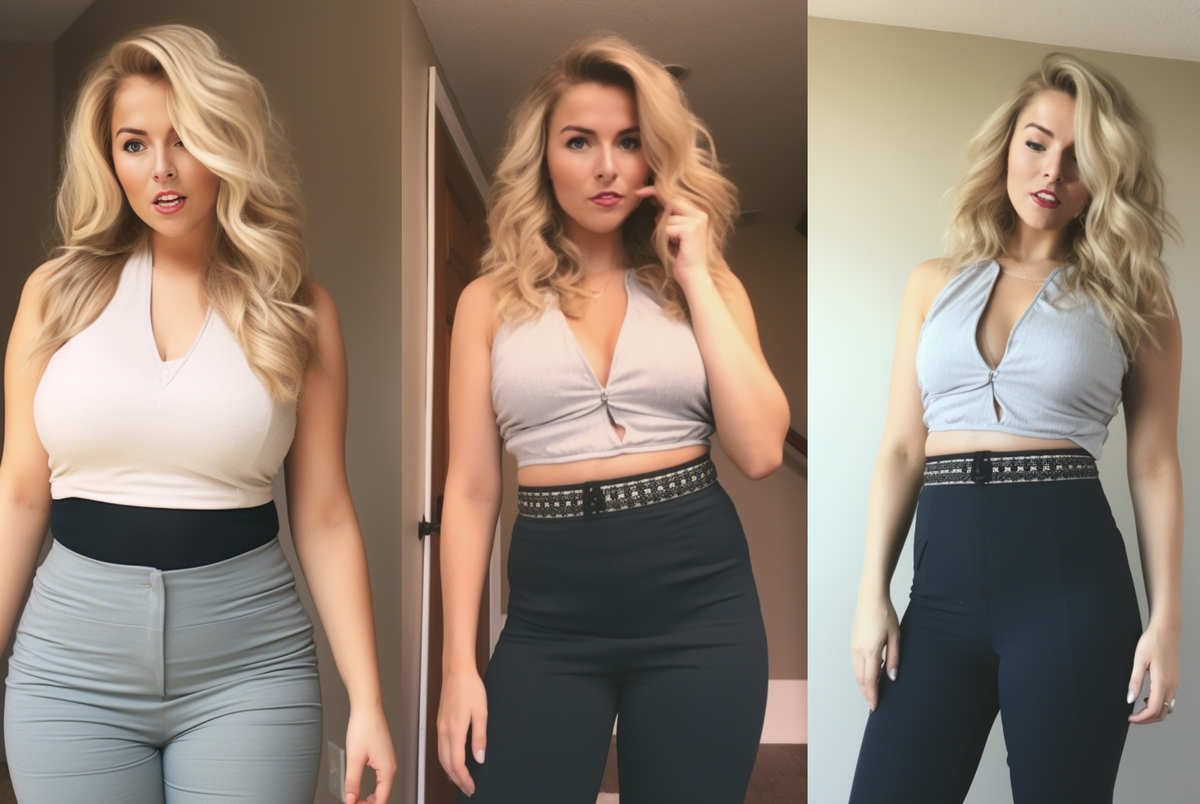
When it goes down to it, you have got to do some kind of exercise to maintain healthy. To get rid of that expanding extra places you need to start an routine.
To get the most out of your exercise routine, it's important to focus on the fundamentals. Keep reading as we point out the key areas you should be paying attention to.
Cardiovascular Workouts
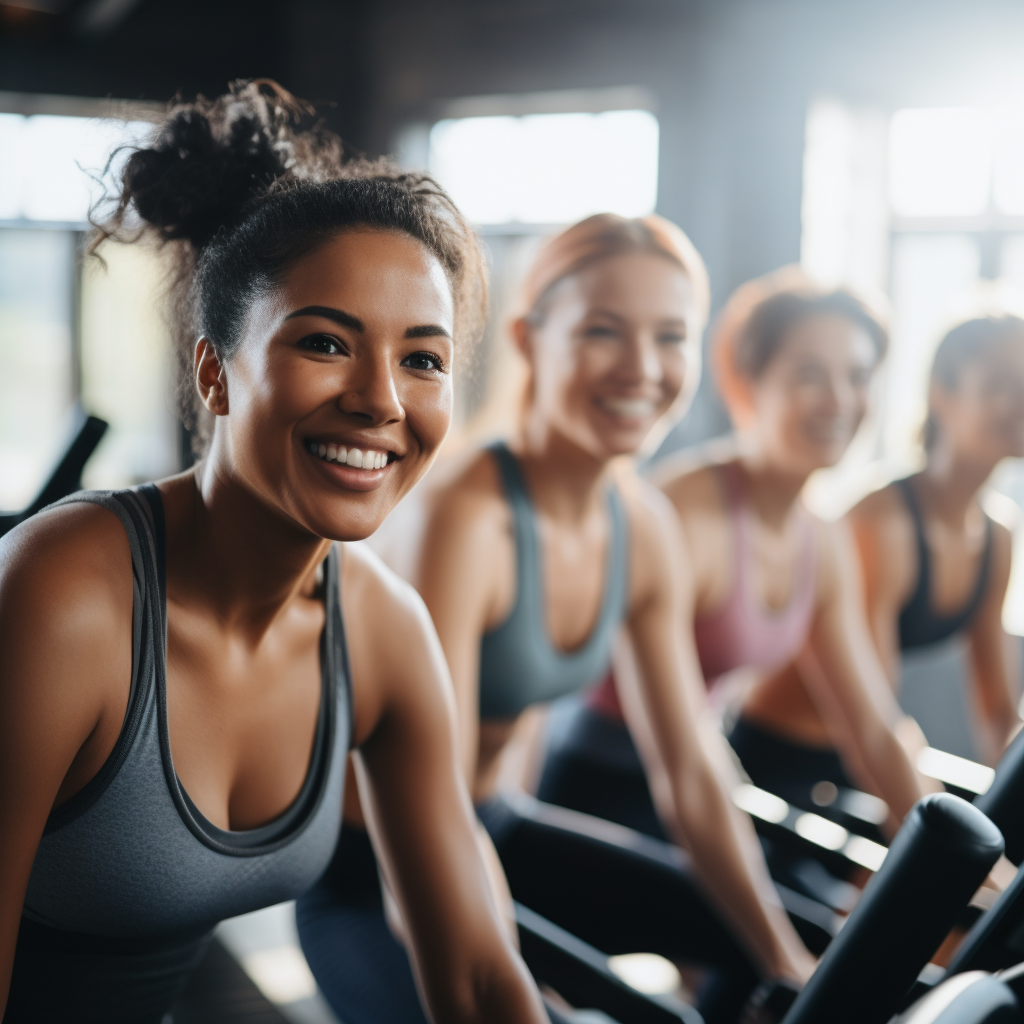
Cardiovascular exercise, also known as aerobic exercise, is any type of exercise that gets your heart rate up and increases your breathing rate. This includes activities like brisk walking, cycling, swimming, and dancing.

Cardiovascular exercise is important for menopausal women because it can help improve heart health, reduce stress, and boost mood. Aim for at least 150 minutes of moderate-intensity aerobic exercise per week, or 75 minutes of vigorous-intensity exercise. But make sure you check with your doctor before, we want you around for a long time.
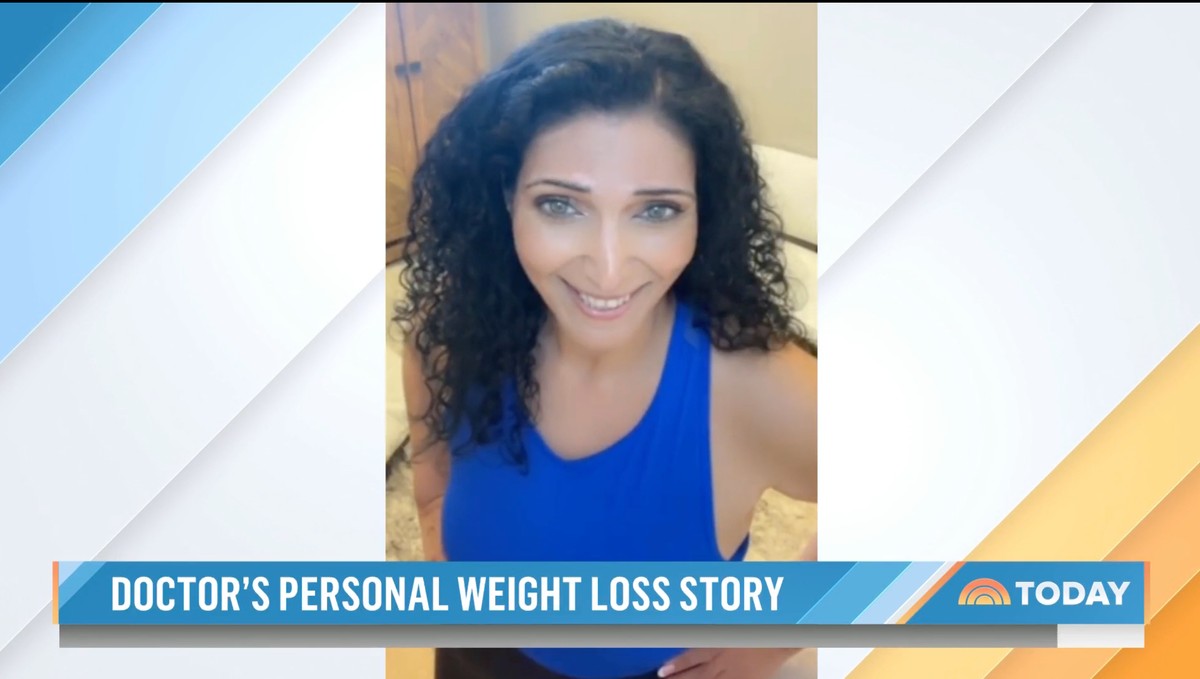
Here is a Doctor you can check with!
Strength Training
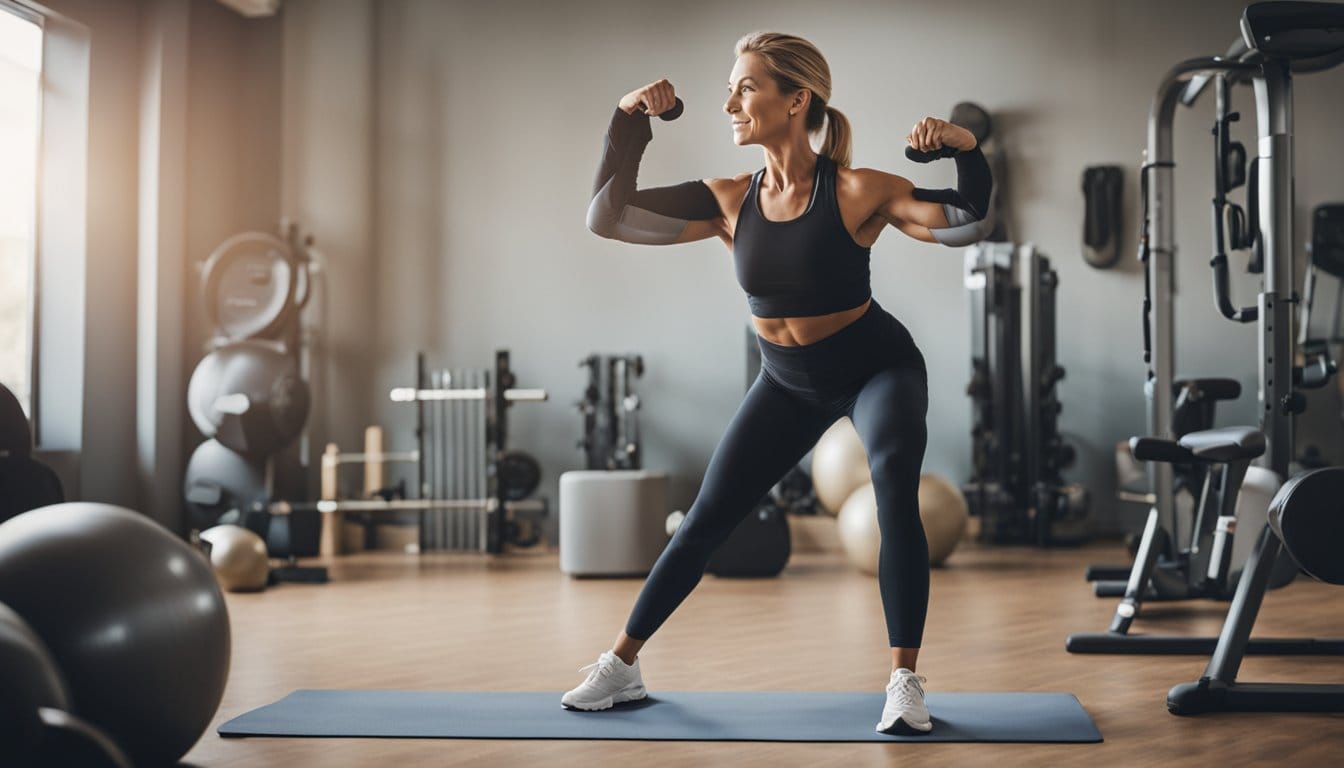
Strength training, or resistance training, involves using weights, resistance bands, or your own body weight to build muscle and increase strength. This type of exercise is important for menopausal women because it can help prevent muscle loss and maintain bone density.
Aim to strength train at least two days per week, targeting all major muscle groups. Start with light weights or resistance bands and gradually increase the weight or resistance as you get stronger.
Flexibility and Balance

Flexibility and balance exercises, such as yoga and tai chi, can help improve range of motion, reduce the risk of falls, and promote relaxation. These types of exercises are especially important for menopausal women, as they can help relieve stress and improve sleep quality. Try to incorporate flexibility and balance exercises into your routine at least two days per week. You can also stretch after your cardiovascular or strength training workouts to improve flexibility.
By focusing on these exercise fundamentals, you can create a well-rounded and effective exercise routine that will help you manage the symptoms of menopause and maintain your overall health and well-being.
Nutrition and Hydration

Staying hydrated is important for overall health, but it is especially important during menopause. Hot flashes and night sweats can cause you to lose fluids, so it is important to drink plenty of water throughout the day. You should aim to drink at least eight glasses of water per day. You can also get fluids from other sources, such as herbal tea, fruit juice, and soup.
As you go through menopause, your body goes through several changes that affect your dietary needs. You may need to adjust your diet to ensure that you are getting the nutrients you need. For example, you may need to eat more calcium-rich foods to maintain bone health. You may also need to reduce your intake of caffeine, alcohol, and spicy foods, as they can trigger hot flashes and night sweats.
Essential Nutrients
During menopause, it is important to make sure that you are getting enough essential nutrients. This includes calcium, vitamin D, vitamin B12, and omega-3 fatty acids. Calcium and vitamin D are important for maintaining bone health, while vitamin B12 is important for maintaining brain function. Omega-3 fatty acids are important for heart health and can help reduce inflammation. Making dietary adjustments and ensuring that you are getting enough essential nutrients and staying hydrated can help you manage the symptoms of menopause and maintain your overall health.
In summary, as women age, they become more prone to certain injuries, such as fractures and sprains. To stay safe while exercising, it's important to take certain precautions. First, it's important to warm up properly before exercising. This might include doing some light cardio, stretching, or foam rolling. It's also important to wear appropriate footwear and clothing, and to use proper form when performing exercises.
It's also important to listen to your body and take breaks when needed. If you experience pain or discomfort during exercise, stop immediately and rest. It's better to take a break and prevent an injury than to push through and risk making the injury worse.
By following these tips and taking steps to overcome barriers to exercise, you can stay motivated and safe while reaping the many benefits of regular physical activity during menopause.
